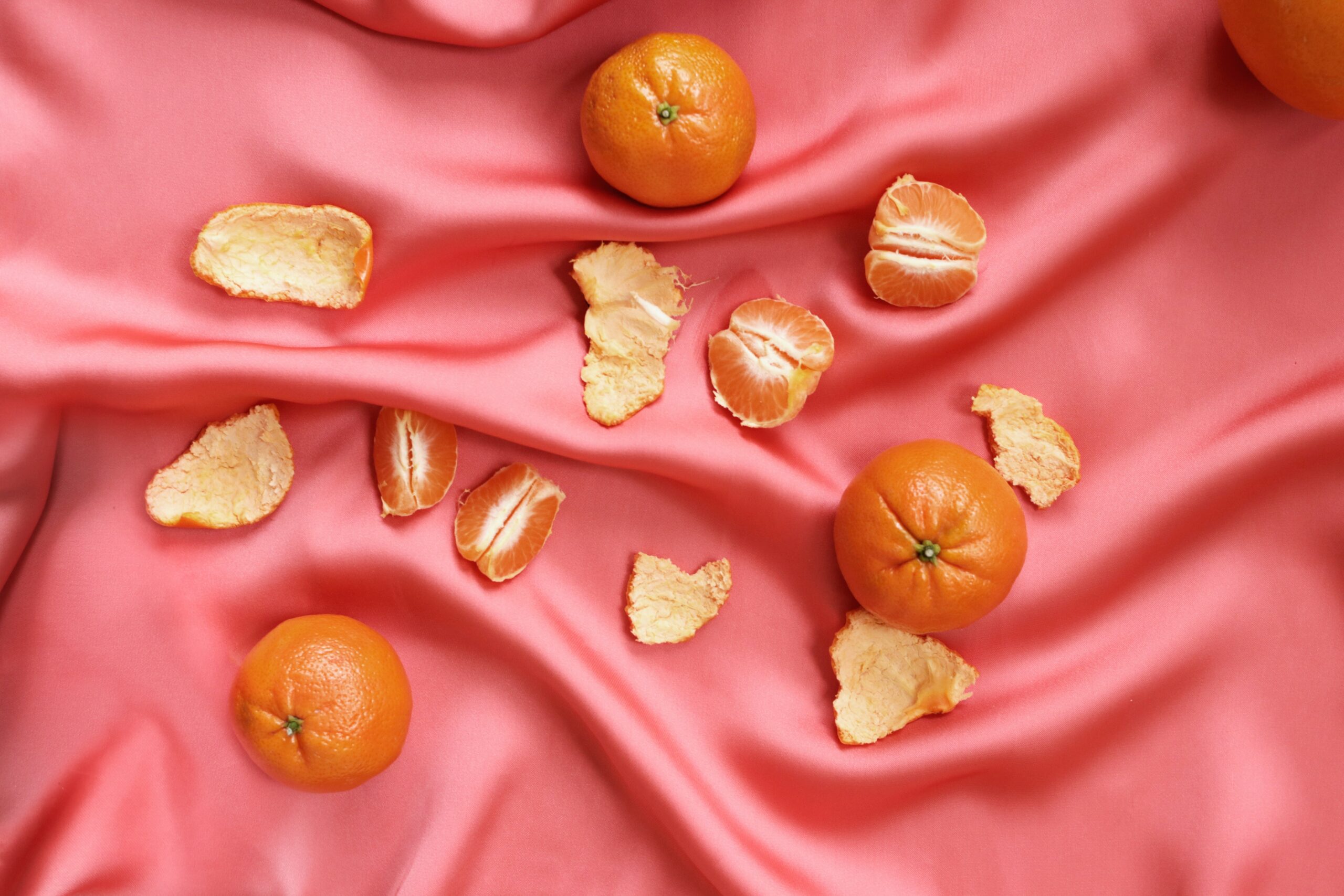We throw away essential prebiotics which could help us lose weight, prevent disease and stay allergy-free. There’s a more sustainable way to get your daily dose of prebiotics.
Our gut bacteria feed off prebiotics – the fibre in vegetables. A third of global emissions come from food waste, 30% of which are thought to be from parts of highly palatable vegetables most of us throw away¹.
Currently, the gut microbiome is very fashionable, with probiotics and prebiotic supplements flying off the shelves. Yet, it seems utterly illogical that we disregard a natural prebiotic, to buy another – made of the same ingredients.
Why not boost your gut microbes, save money AND the planet by consuming more of the plants you purchase?
What’s In The Plants We Eat?
With the world now crazy for plant-based diets, it is important to learn what is in the plants we eat and the health-giving benefits of these.
Plants are full varying levels of important gut-friendly components, including:
- Vitamins such as vitamin K, C, D, A, E., which support essentially processing in our body.
- B vitamins such as B1, B2, B3 etc., which are important for making sure our cells are working properly.
- Minerals including magnesium, selenium, calcium, potassium, and iron.
- Protein, as in some beans, peas and lentils – essential for growth and repair..
- Omega-3, in Brussel sprouts – important for cognition.
Plants also contain three types of carbohydrates:
- Simple sugars
- Starch
- Cellulose
The simple sugars in plants are sucrose, fructose and glucose sugars, which sweeten fruit and vegetables. The starch is what the simple sugars are stored as in the plant and the cellulose is the branched chains of glucose that make up fibers in the plant (providing the plant structure when living). These indigestible fibers are also called fibre, and it is this fibre – both soluble and insoluble fibre – that our gut microbiota feed off as prebiotics, providing health benefits to us.
What Is A Prebiotic?
Prebiotics promote the growth of beneficial bacteria in the gut².
When gut microbes consume fibre, they produce short-chain fatty acids (SCFAs), such as Acetate, Propionate and Butyrate. It is these SCFAs that have beneficial health properties.
SCFAs have numerous health benefits, including:
- Immune system regulation
- Supporting heart health
- Improving mental health through the brain-gut-axis
- Regulating blood sugar and metabolism, which helps you control your weight and energy levels
Prebiotics also work with probiotics (substances containing live cultures of microbiota microorganisms) to form synbiotics³.
Why Should You Eat Your Peels?
Peels are one of the most fibre-rich parts of a plant. So why are most of us wasting it?! Not only do peels contain valuable vitamins and minerals, but they’re also a great source of prebiotics.
In fact, scientists have reported that the majority of the prebiotic fibre in plants is found in the peels of fruits and vegetables4.
Don’t throw away these essential prebiotics that can help you keep a healthy weight and stay disease-free.
Here’s which peels are most particularly rich in prebiotics.
Different Types of Prebiotic Peels:
Potato & Parsnip Peel
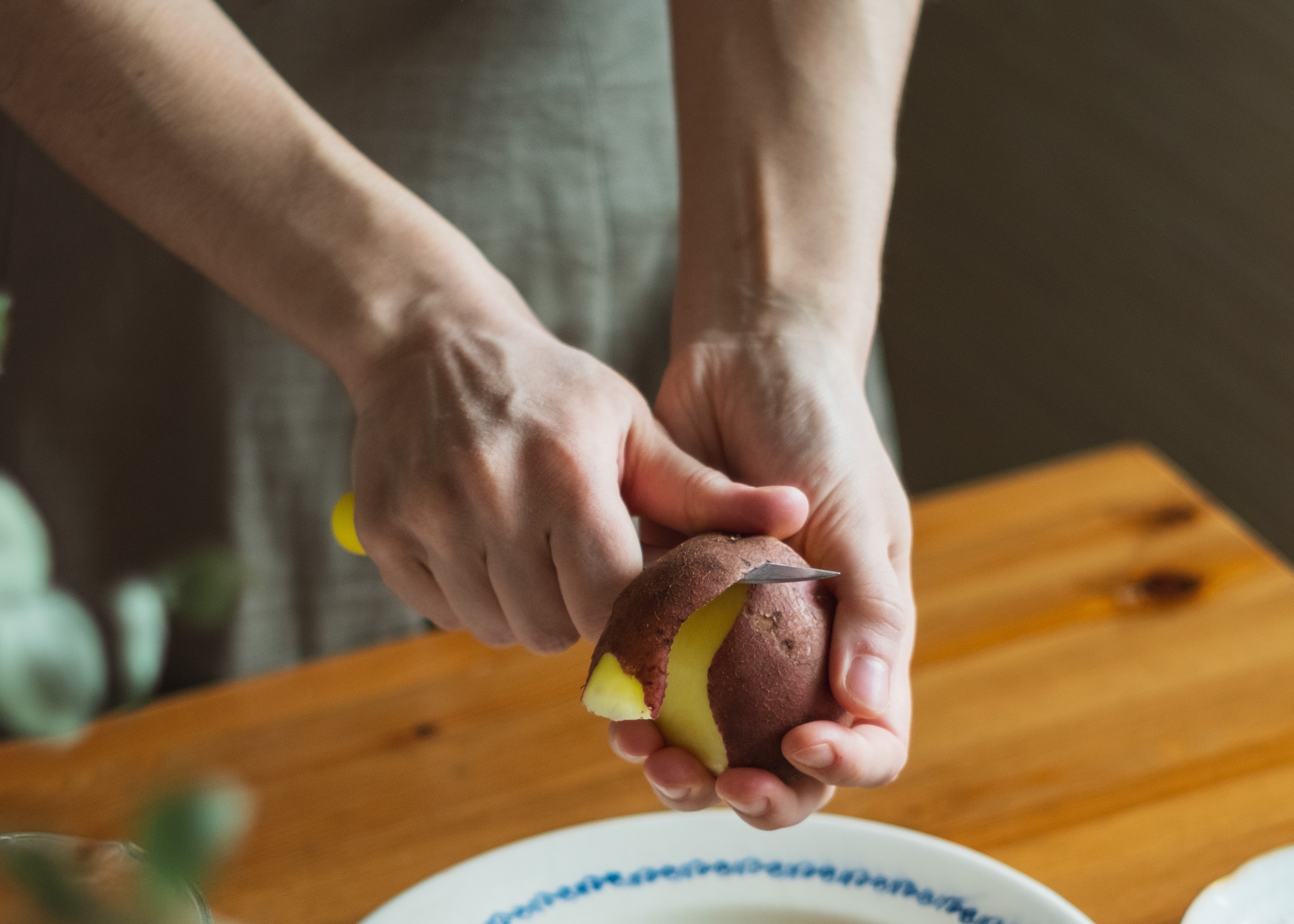
So many of us leave the sweet potato peels behind, or scrape off potato and parsnip peels when we make a roast, mash or chips. This reduces the fibre of our food.
Fibre is prebiotic, feeding our gut microbiome. As a thank you for being fed, our gut microbes regulate melatonin (helping us sleep) and serotonin (the happiness chemical) via the brain-gut-axis.
Peeling potatoes wastes fibre and the Serotonin increasing potential of your potatoes via the gut5.
The peel also adds flavour. Put peels in a pie or hotpot, and not only will it be tastier, but will add volume and crispiness that can keep you full for longer. In turn, this reduces the desire to snack – helping you lose weight!
Watermelon, Papaya & Honeydew Melon Rind
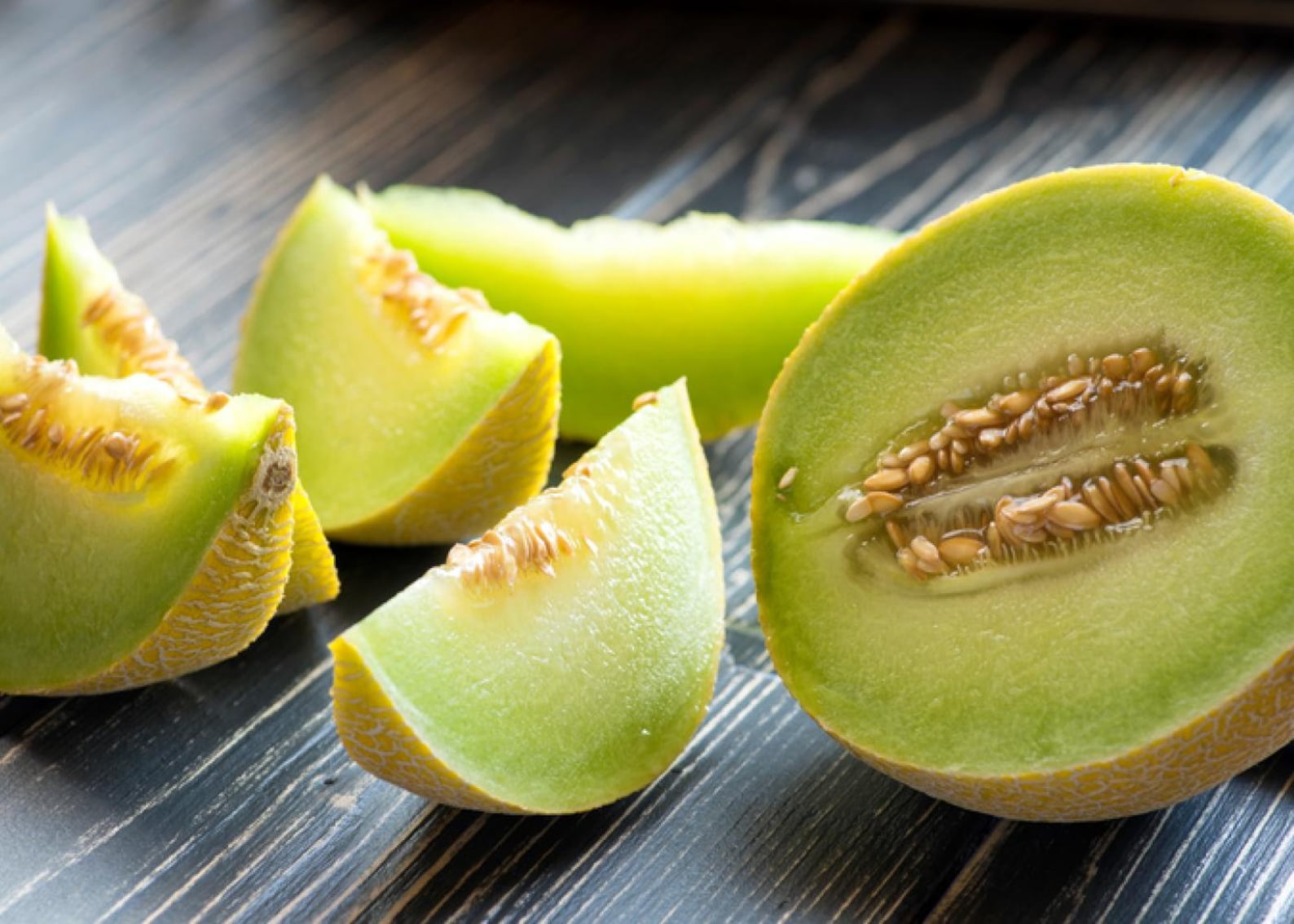
It may sound unusual, but it’s more cultural ignorance and lack of knowledge that stops us eating our melon peels. Melon peels are biochemically similar in structure and taste to cucumbers, meaning they’re completely edible, palatable and satisfying to eat!
In fact, melon peel contains up to 7g fibre more than flaxseeds.
Recent studies by Chan Hao and team4 at the Institute of Food Science in Malaysia showed that these peels are highly prebiotic.
When only the flesh is consume, the delicious cucumber flavour and fantastic prebiotic potential of the peels is lost. Instead, these peels are taken to landfill where they decompose and give off carbon dioxide emissions, contributing to climate change. Why not try swapping cucumber sandwiches for a tuna mayo and melon peel sandwich? Or blend whole melons into a super satisfying Summer smoothie? Try it. You’ll be surprised.
Lemon Zest
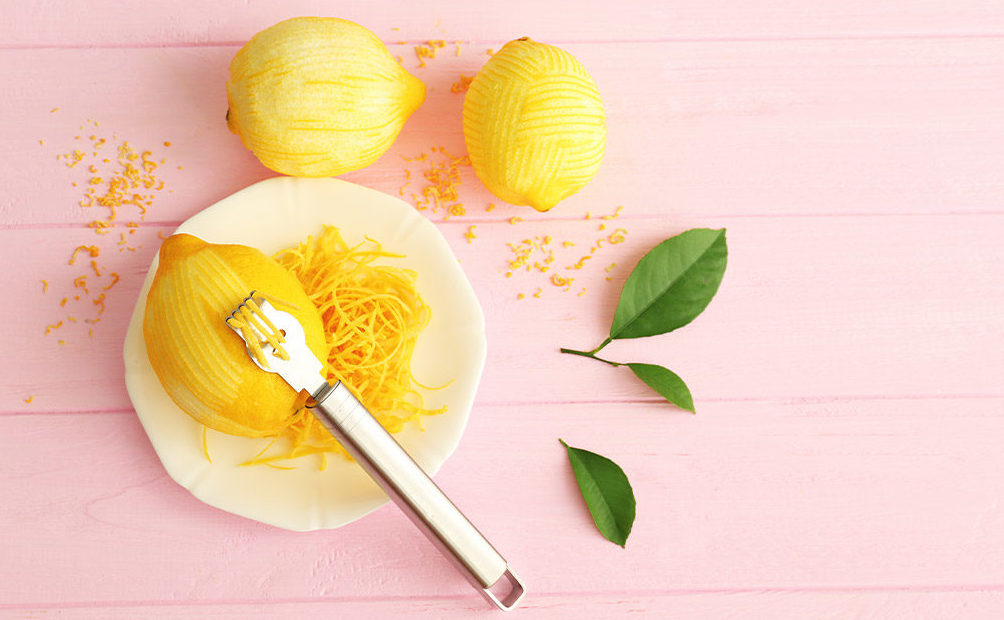
Lemon slices are used to flavour fish, in alcoholic beverages like Gin and Tonics and in salad dressings and marinades. Whilst the juice is used, the fresh and peel often go in the bin. Yet, it’s these parts that are highest in fibre, with 1g fibre per spoon of peel.
Lemon peel also contains loads of vitamin C (which boosts your gut microbiome), providing 6g in only 1 tablespoon6. Keep that peel and grate it into cakes and use it in salads, nut roasts and plant-based burgers. That’s a simple way to boost the flavour and fibre of your food.
Mango Peel
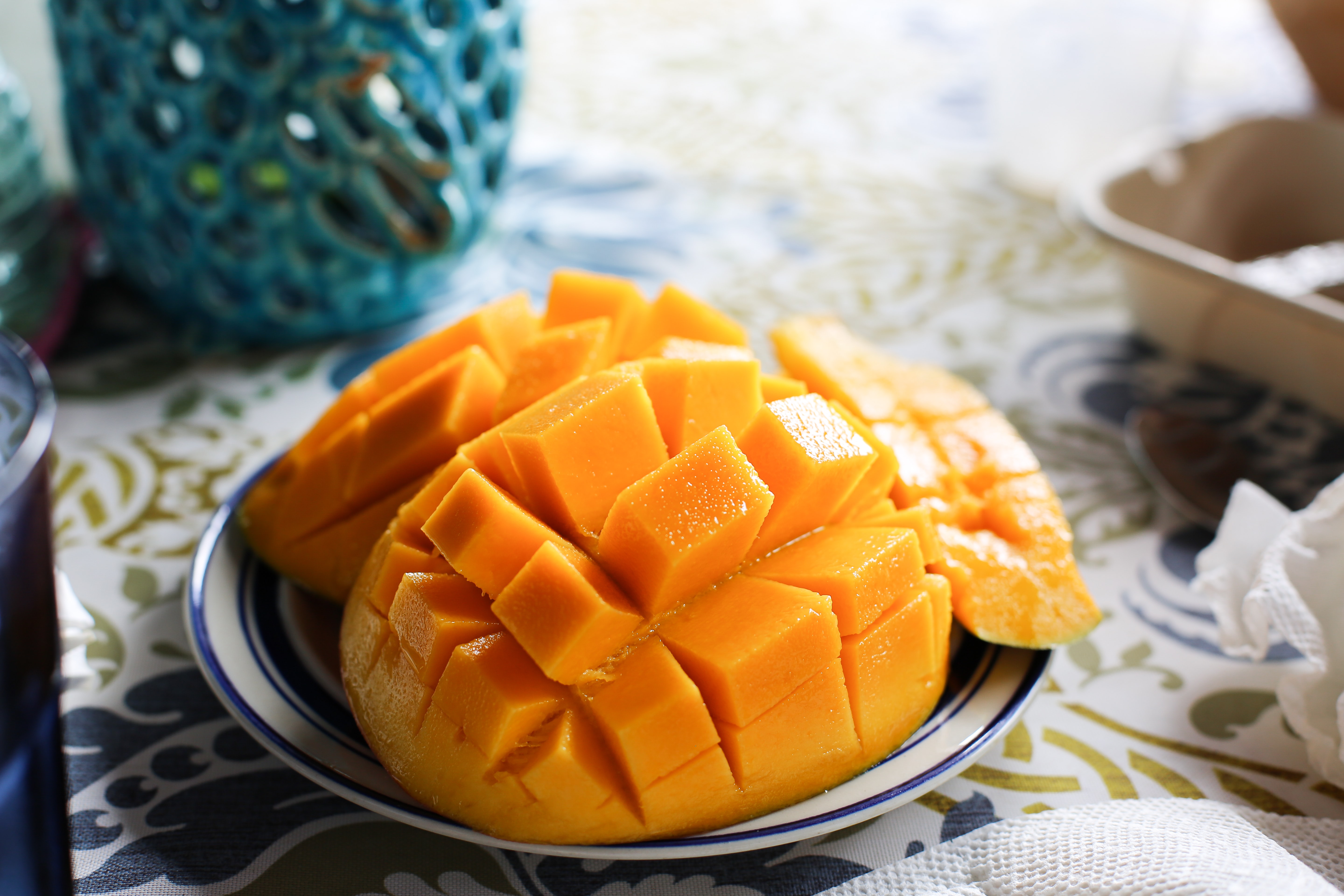
Most people are fussy about mango peel. Pre-prepared mango in supermarkets comes de-skinned. Yet, most of the fibre lies in the peel. It adds a flavourful depth too, having the sweetness of the mango on it and yet a bitterness that brings out the sweetness of the mango even more. Try it in your smoothies for some added fibre and flavour.
Spring Onion & Leek Peel
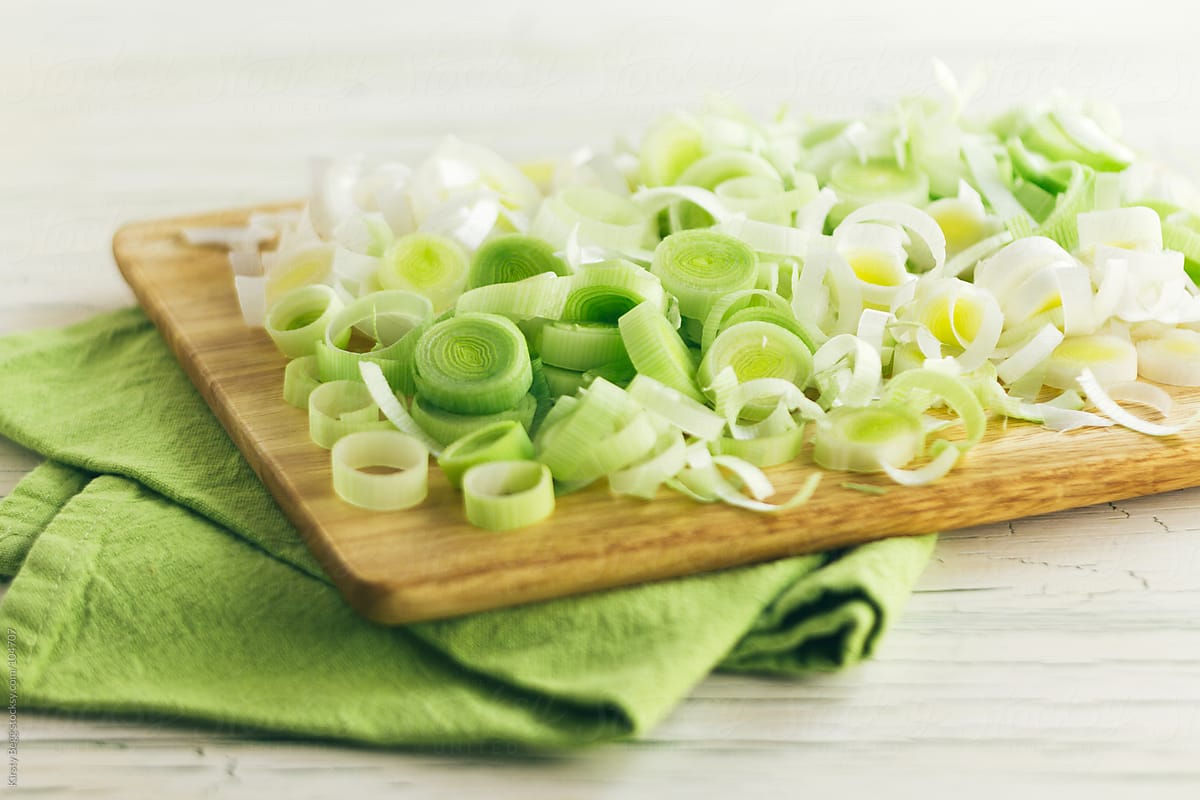
These peels are thrown away, despite being full of magnesium (which helps you sleep and boosts your metabolism) and fibre. They also taste lovely and are a great salad addition. Once again, they can help fill you up, making you less likely to snack and therefore support a good body weight.
Apple & Carrot Peel
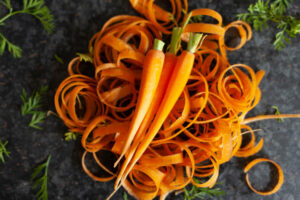
Apple and carrot peels are high in vitamin C (for immunity) and A (for eyes and skin.) They also contain loads of fibre. Don’t overlook these simple peels. Have them raw or add to porridge for breakfast! Peels have so much potential.
Broccoli & Cauliflower Stalks/Leaves
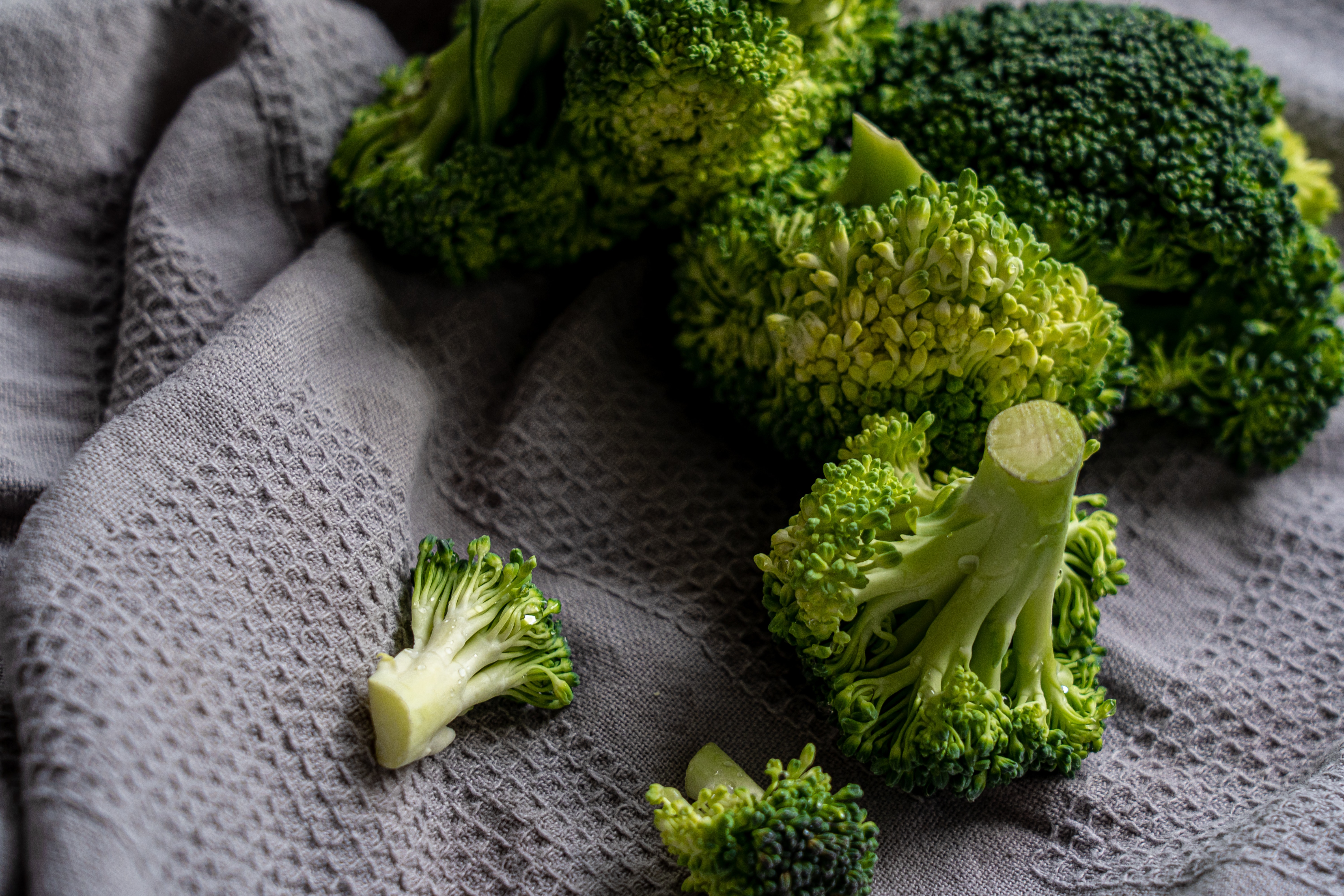
The stem and stalk of a broccoli and cauliflower taste so delish. The leaves taste like romaine or gem lettuce so are great in salads. Meanwhile, the stem is a great boiled where it tastes fluffy, like potato. They can also be eaten raw to give your salad more crunch. Stalks and leaves add a whopping 10g fibre to your meal! They also improve insulin sensitivity7 and taste utterly delicious.
Peels are prebiotic, and palatable. They’re also a great way to eat more sustainability, since the majority are a wasted byproduct in our society. Why not eat your precious prebiotic peels, to boost your gut microbes, save money AND the planet at the same time!
